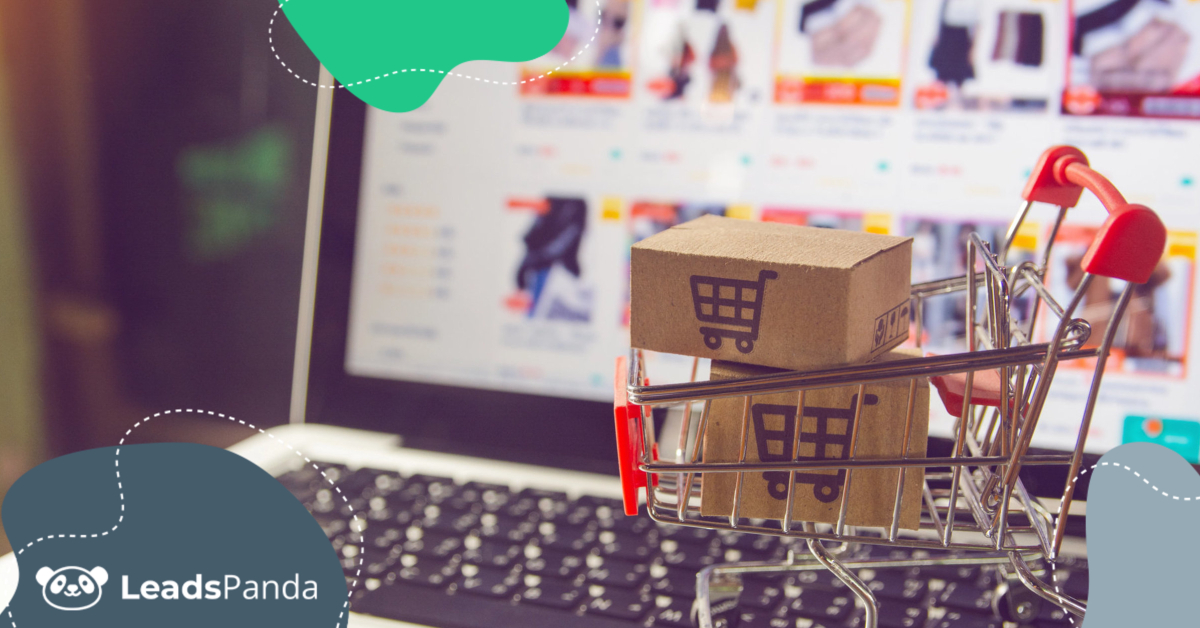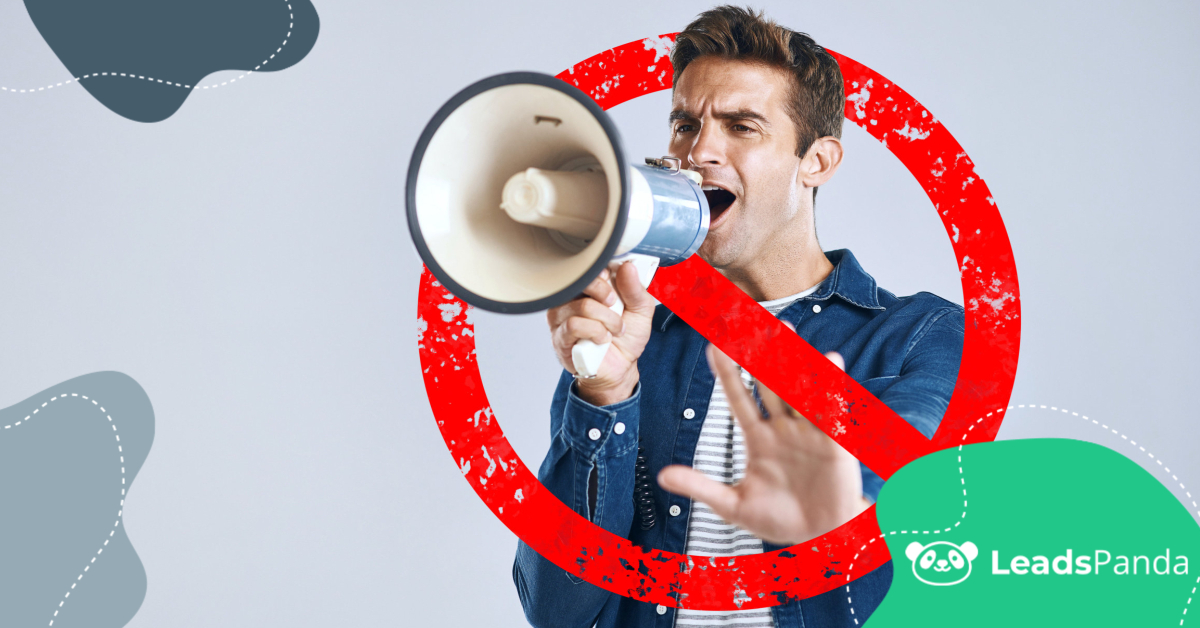5 Ways You Can Bounce Proof Your eCommerce Site
On the average, users will stay on a website for about 15 seconds…or less…before they lose interest or encounter something on your page that will prompt them bounce off. This means all that effort you put into attracting potential customers to your website has been for nothing, since none of them even stayed long enough to understand what you have to say.
Given that, we wanted to discuss how these simple, but actionable tweaks to your site can help make your site bounce-proof.
Let’s start with—
1. Don’t overwhelm the user
By this we mean, do not do much too soon.
You could have a lot of great products, up for grabs at great prices, available for a great discount for a limited time only, supported by great testimonials from previous customers—which is, quite frankly, great. But if you present all these things in one go, it will serve only to confuse and overwhelm your users.
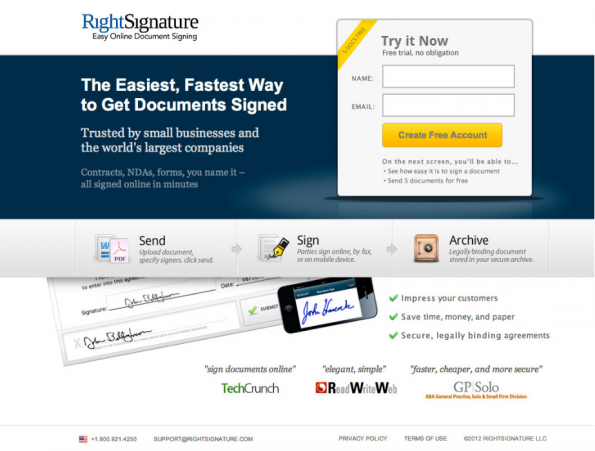
Here’s a great example of a landing page that gets straight to the point about what it can do for you and immediately prompts engagement.
Instead of focusing on a single product, supported by a single offer, summarized neatly on your landing page with a great pitch, you end up showing too many products, cluttering it with too much copy, giving potential customers too many buttons to click on.
Remember—
- Ask yourself what you want your customer to focus on when they get to your site.
- From there—simplify your answer. Really drill down to the most basic action you want from them.
- Don’t complicate it for them. You’ll have more opportunity to show what you’re about as soon as you’ve managed to convert these users.
2. Remove all distractions on your site
This is especially true for ecommerce sites.
You want customers to make a purchase from you—but first, your customers must find what they want on your site. It may seem pretty straightforward, but a lot of sites still miss the mark by adding a lot of distractions on their sites that ultimately prompt users to bounce off.
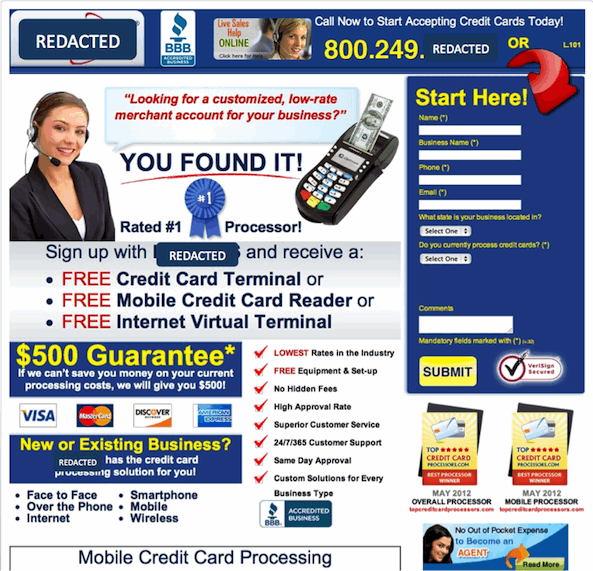
There are so many things going on on this landing page, you don’t know where to focus your attention on and it’s unclear what the site wants you to do next.
Note that—
- The best ecommerce product pages have clear, crisp and prominent images. The product is the hero.
- They have a simple call to action and makes the process clear—where to click next to confirm a purchase and minimize the steps in doing so.
- They know how to use social proof—whether thru testimonials or social media buttons—sparingly and effectively. Find a happy middle that will lend credibility to the product but not distract from their intent to purchase.
3. Understand your customer’s psyche
Go beyond just basic demographics. While age, gender, economic bracket, and location are important factors to consider, so is a customer’s interests, hobbies, aspirational ideals, personality. All these elements, and more, contribute to a customer’s purchasing decisions and affects how they arrive on your site and navigate through it.
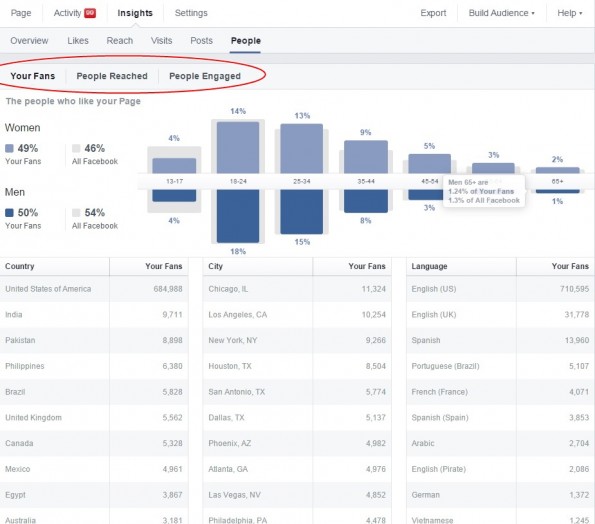
Facebook Insights is a great way to get started on understanding who your audience is.
To get started, take a look at your website’s data and gather the information—
- How are the bulk of your visitors arriving at your site? Is it through mobile? Or desktop? Tailor your landing page so that you give them the best user experience.
- Which sections of your site do your visitors spend most time on? It might be worth frontloading this information on your landing page.
- What is the movement of your visitors on your site? Do they hover certain sections longer implying that the are reading through the copy on it versus just skimming through it? Are they clicking on areas that aren’t clickable? Do they read below the fold?
4. Make sure you offer relevant content—consistently
When a customer finds themselves on your website, it’s safe to assume they—at the minimum—a basic interest in your business…whether it be your product, service, brand or industry.
Don’t suddenly veer off and give them completely unrelated content. They’re already there, all you have to do is engage them by communicating what your product can do for them.
Focus on—
- Establishing need by weather related relevance. What about your product makes it relevant to their needs given the weather?
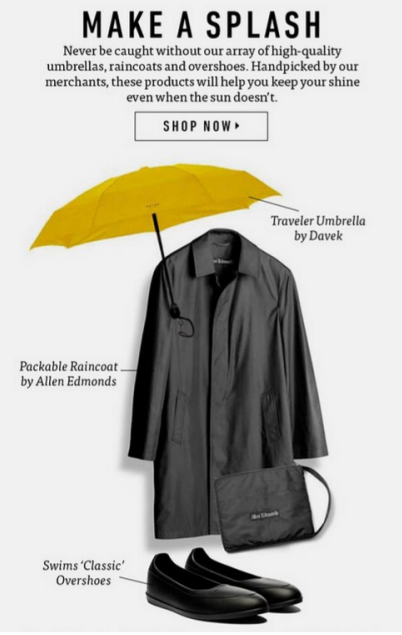
- Creating a better connection by focusing on their location. Your understanding of their location can make your product seem more applicable to their lifestyle.
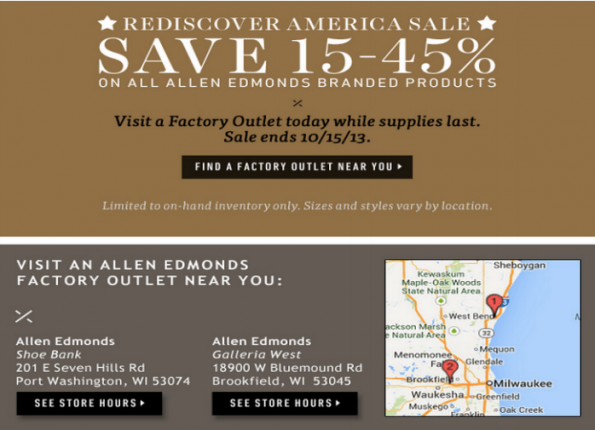
- Running A/B tests to see which products respond best to your users.
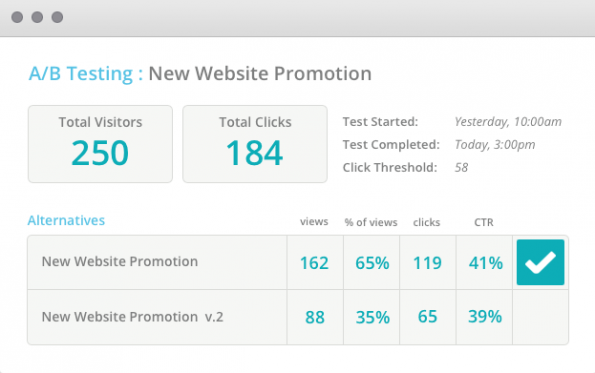
5. Do not neglect the conversion part of your marketing plan
Too often, marketers will focus on bringing potential customers to their site. But what happens when they get there?
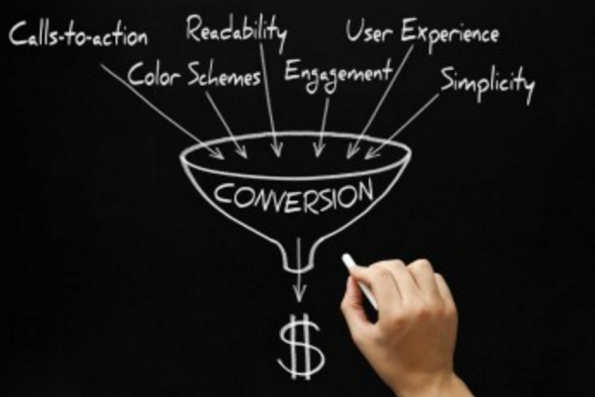
This image illustrates the numerous factors that lend itself to successful conversions. (Image Credit: http://www.brafton.com/)
The same focus should be placed on converting these people you’ve managed to get on your site. Otherwise, you’ll end up with a site with massive bounce rates that aren’t giving you the numbers you need to move your bottomline.
- Look into the reasons why people bounce off on your site, but equal attention should also be given to your non-bouncers—people who don’t bounce off your site but don’t convert. Ask yourself why, despite having their attention, you weren’t able to convert them.
- Understand the little steps that your potential customers have to take to complete your conversion to see if there are roadblocks and challenges on your site that you need to address.
- Understand that when a customer bounces, it’s not the end of it. You can capture their interest again through a number of ways.
Sure, it takes a bit of a shift on your marketing approach, but it should prove to be effective enough to spur more conversions on your site. Give these actionable tips a try and see how well it works for you.
Be sure to let us know how well it worked for your ecommerce site by leaving us a comment below.
Share This Story
Get the latest growth ideas, strategies, and best practices delivered to your inbox.
Quick read that helps 7000+ subscribers.

